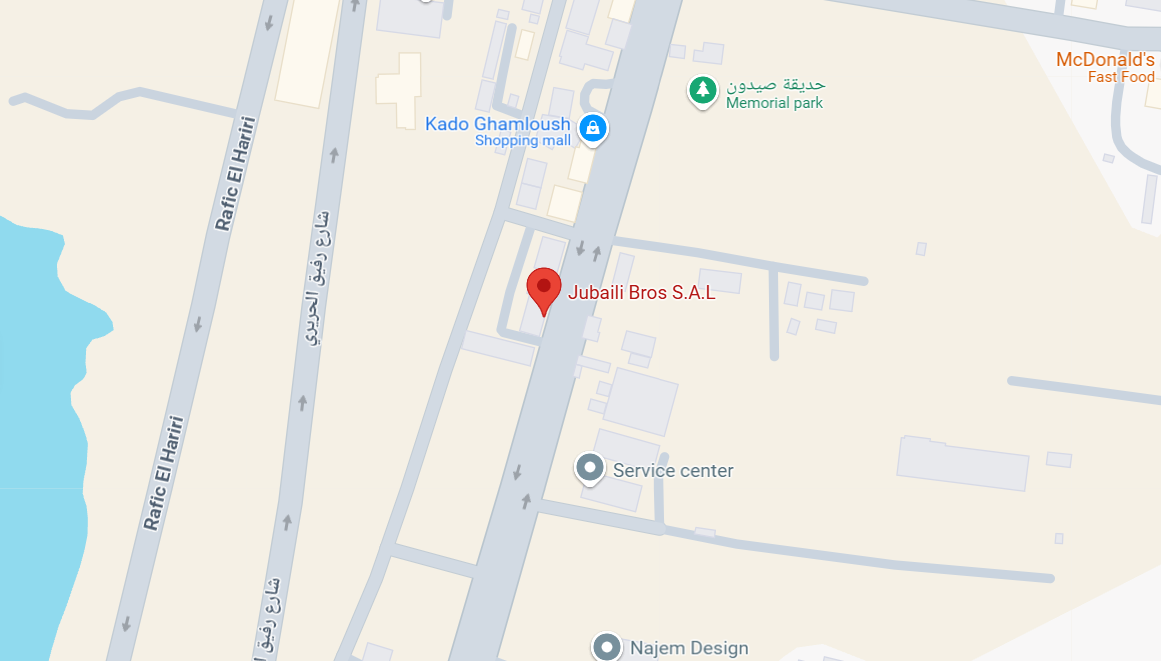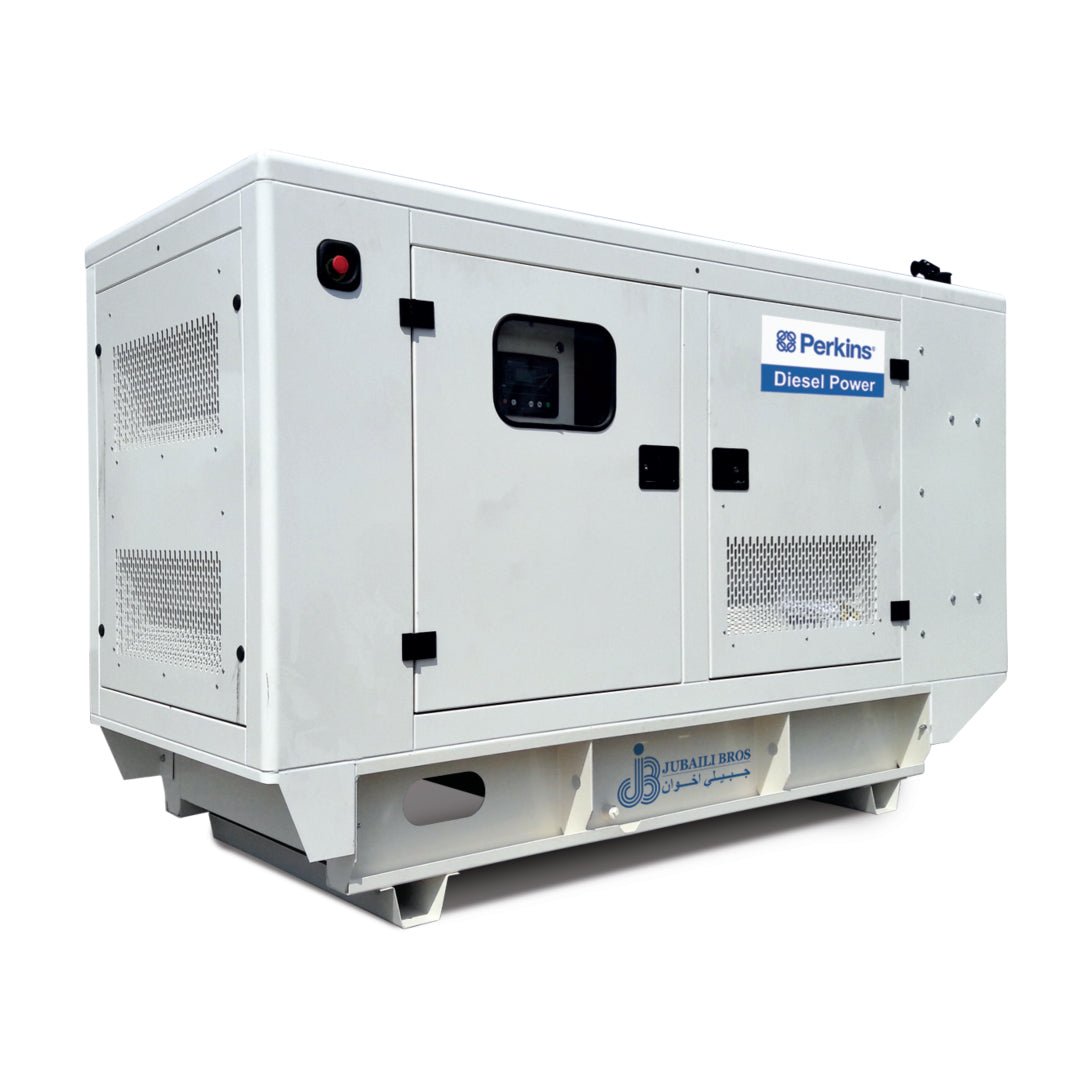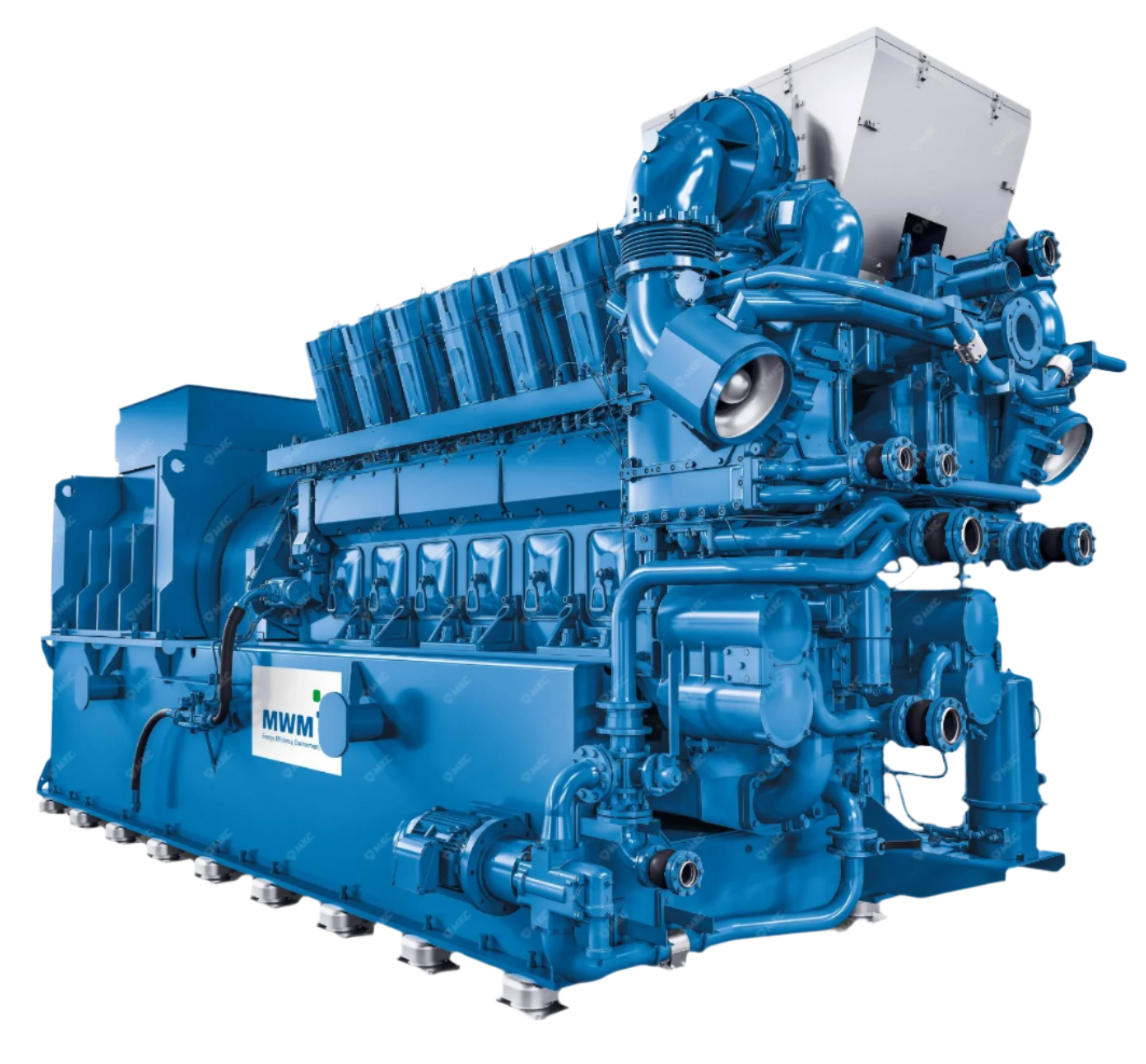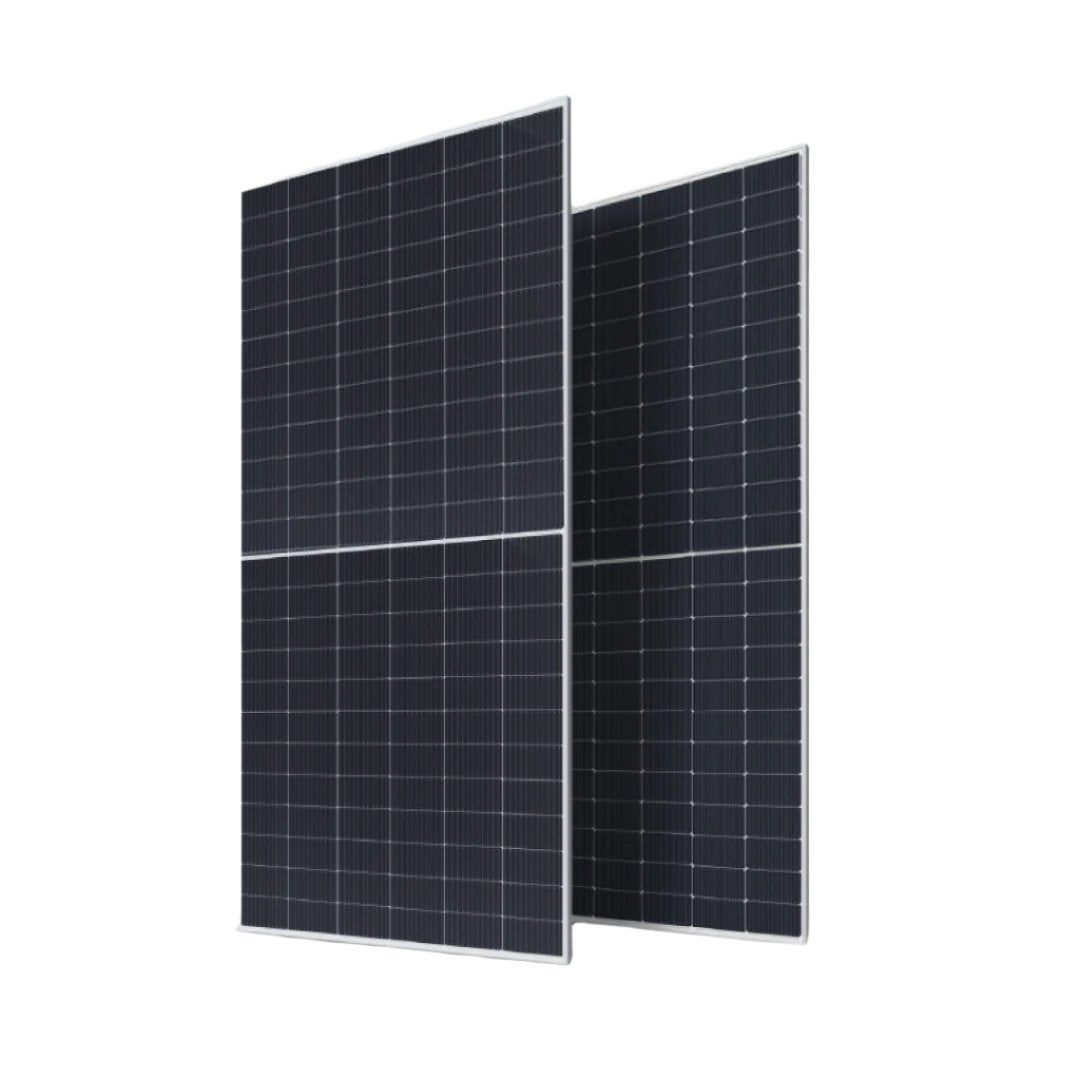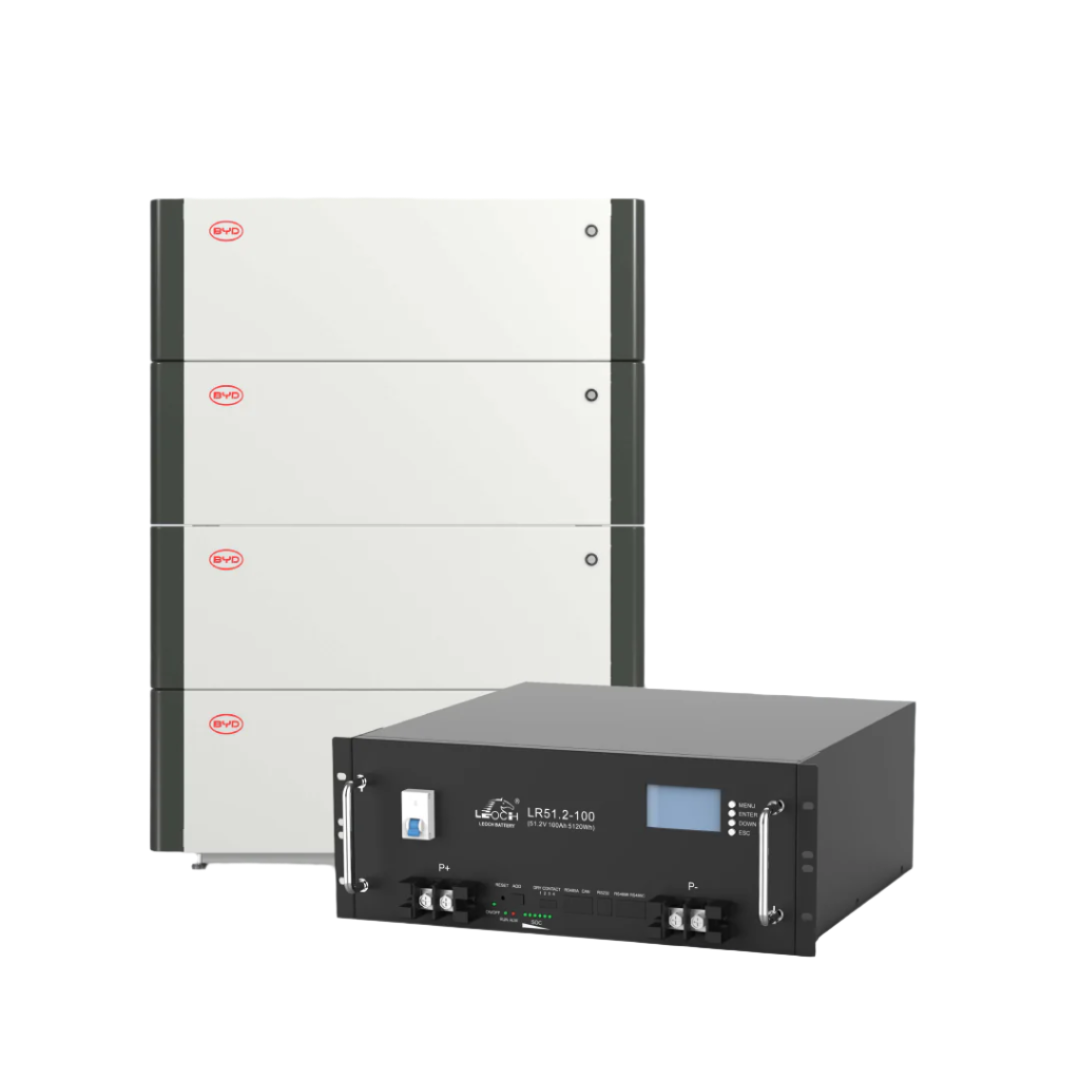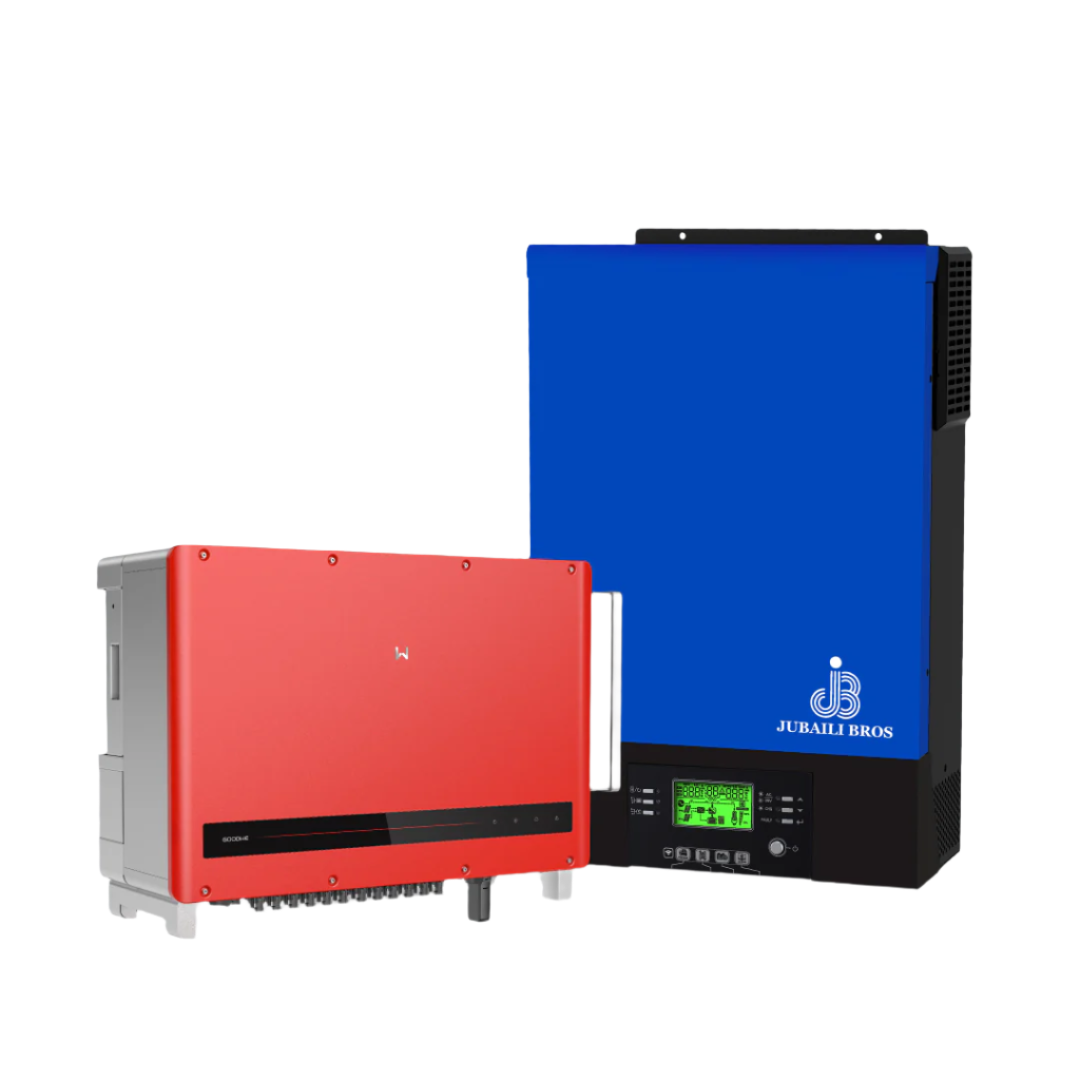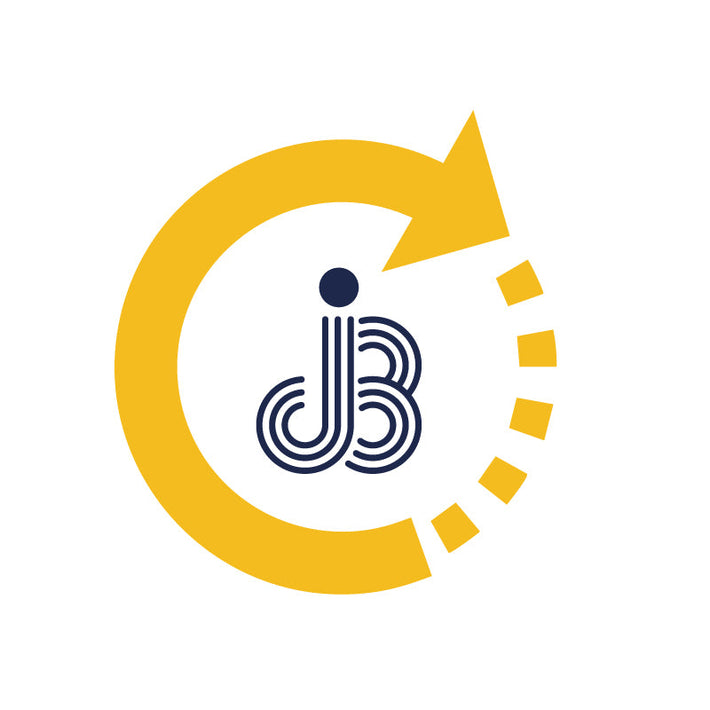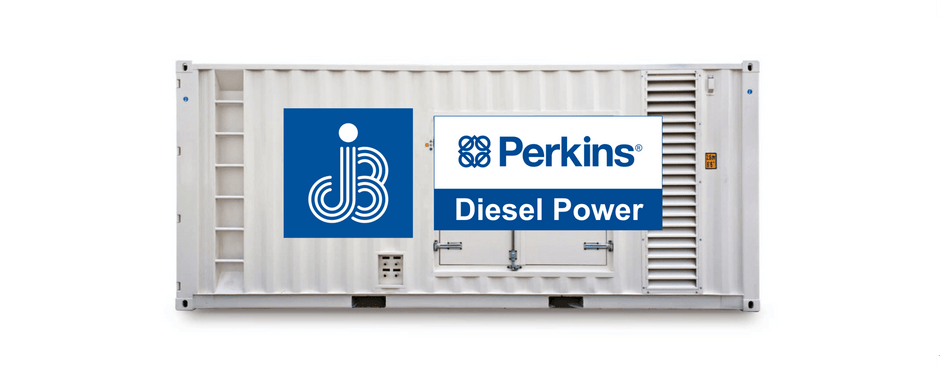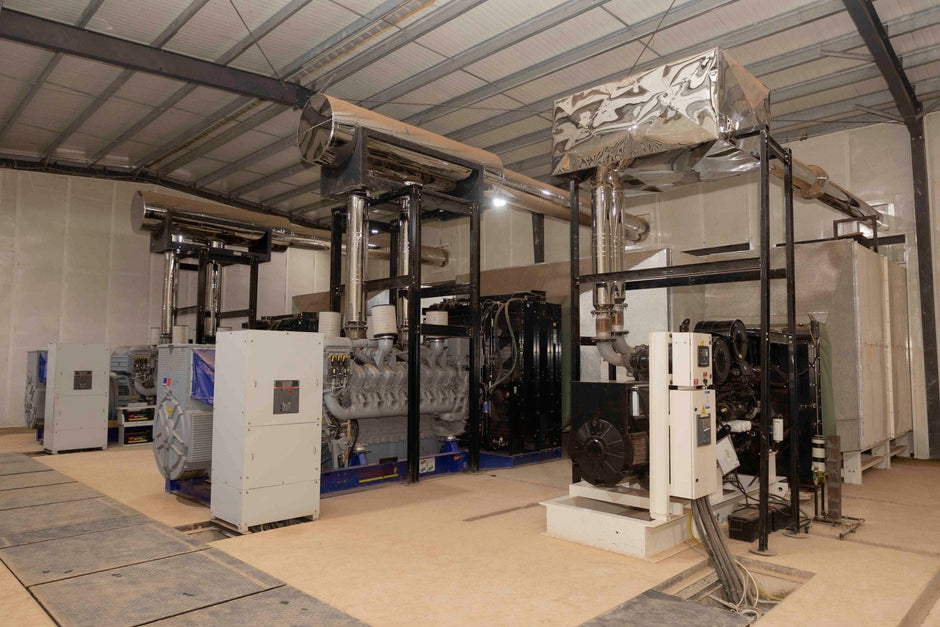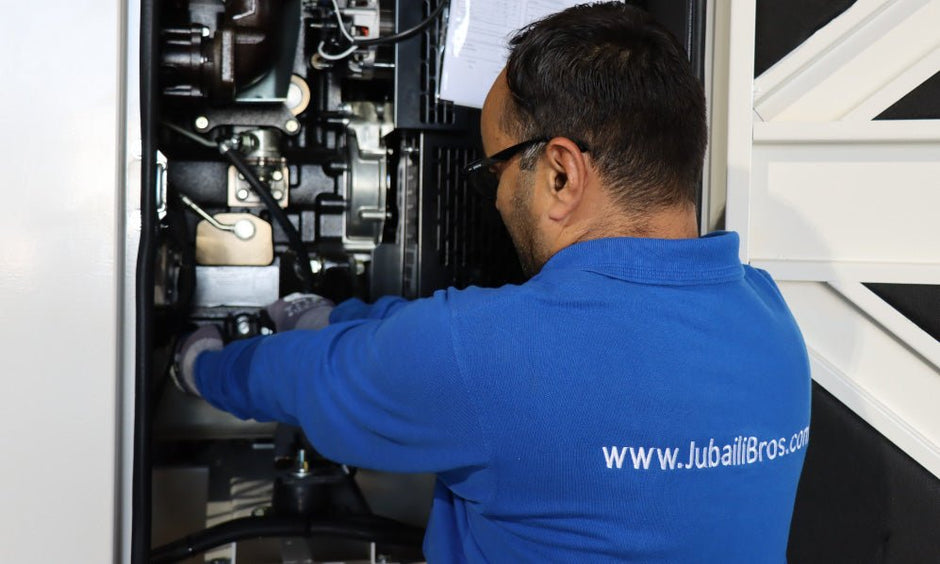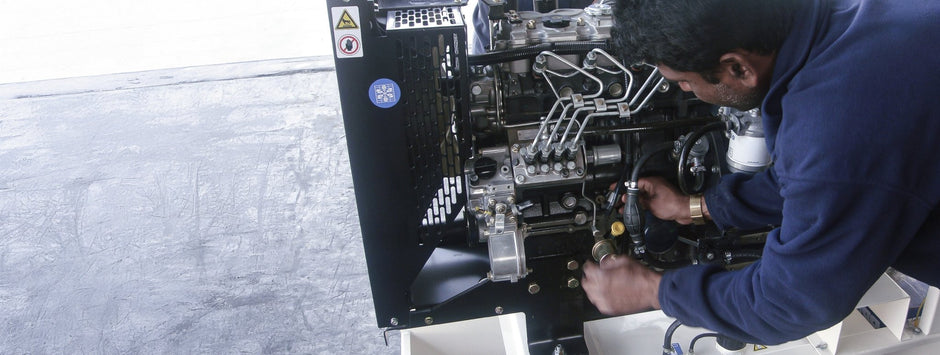Connecting a diesel generator to a live utility grid expands its function from emergency backup to an active contributor in energy management. In grid-parallel mode, a genset can reduce demand charges, export power during peak tariffs, or provide spinning reserve in hybrid applications. However, grid interconnection introduces new layers of complexity—from synchronisation logic and reactive power control to anti-islanding protection and compliance with grid codes. This article guides consultants and facility engineers through the key considerations for safe, standards-compliant generator-to-grid integration.
Benefits of Utility Paralleling
- Peak shaving: Operate the generator during peak tariff hours to cap facility demand and lower utility bills.
- Demand-response participation: Earn revenue by exporting power or providing ancillary services to the grid operator.
- Soft return to mains: After an outage, re-synchronise to the grid without disconnecting critical loads.
- Renewable firming: Stabilise voltage and frequency when solar or wind output fluctuates.
Required Equipment
Paralleling circuit breaker (GCB): A motorised breaker with closing coils and undervoltage release, controlled by the synchronising logic.
Utility incomer breaker (MCB): Tripped independently to allow for islanded operation when the grid fails.
Synchronising controller: The DSE 8620 / 8660 provides synchronisation, breaker interlocking, export/import control, and ROCOF protection.
Protection relays: Include ANSI 25 (sync check), 27/59 (UV/OV), 81O/U (under/over frequency), 81R (ROCOF), and 78 (vector shift), in compliance with IEEE-1547, G99, or local utility codes.
Synchronisation Sequence
- Warm-up: Generator starts in island mode and reaches rated voltage and frequency.
- Measurement: The controller samples both generator and utility to compute voltage, frequency, and phase angle difference.
- Matching: The governor and AVR adjust output until ΔV ≤ 5%, Δf ≤ 0.2 Hz, and Δ∠ ≤ 10°.
- Breaker closure: Once matched, the controller closes the GCB to parallel with the grid.
- Load control: Generator shares or exports load according to programmed kW and kVAr set-points.
Isochronous vs Droop Modes with Grid
The DSE 8620 enables Isochronous kW and kVAr Control (IKVAR), where the genset holds precise export set-points through tight fuel and excitation control. Droop mode may still be required when complying with grid codes that call for frequency-responsive operation. Jubaili Bros training notes: “Droop CTs are not needed for generator-to-generator parallel operation, but are still required for grid interconnection under some codes.”
Export and Import Control Modes
| Mode | Set-Point | Generator Behavior |
|---|---|---|
| Base-load | Constant kW | Generator delivers fixed output; grid absorbs load swings. |
| Peak lopping | Facility kW threshold | Generator ramps up when load exceeds grid limit. |
| Export | +kW | Generator pushes power to the grid; controller monitors reverse power flow. |
| Import standby | 0 kW | Generator spins at zero net export; used for spinning reserve. |
Reactive Power and Power Factor Control
Most utilities require a near-unity power factor (typically 0.98 lag to 0.98 lead). The synchronising controller adjusts AVR excitation via a kVAr/PF control loop. Operating at excessive leading PF can risk alternator de-excitation and trigger loss-of-field protection. Configure alarm and trip thresholds according to alternator ratings and grid requirements.
Anti-Islanding and Grid Compliance
- ROCOF (ANSI 81R): Trips if frequency changes too rapidly, typically >1 Hz/s.
- Vector shift (ANSI 78): Detects phase jumps, typically >6° within 20 ms.
- Undervoltage / Overvoltage and Under/Overfrequency: Set within ±10% voltage and ±0.5 Hz frequency windows.
- Ride-through compliance: Systems over a defined capacity may be required to stay online during minor voltage/frequency fluctuations per G99 or IEEE-1547 standards.
Protection Coordination
To prevent grid-side breaker trips from internal faults, coordinate protection settings so the GCB trips before the utility breaker. For example, set the GCB to trip at 0.2 seconds and the MCB at 0.5 seconds for equivalent faults. This grading prevents nuisance disconnection of the entire facility from the grid.
Commissioning Checklist
- Verify CT and VT polarity and ratios; perform secondary injection tests.
- Simulate all protection functions, including ROCOF and UV/OV.
- Close GCB at zero-kW set-point and verify sync-check interlock operation.
- Ramp export power and measure PF, harmonics (THD ≤ 5%), and voltage stability.
- Trip utility breaker and confirm genset seamlessly supports full site load without exceeding ISO G3 transient limits.
- Re-synchronise and soft-return to grid by ramping generator kW to zero before opening GCB.
Ongoing Maintenance Practices
- Test protection relays annually and apply firmware updates per utility advisories.
- Exercise synchronising function during low-demand hours monthly.
- Trend kW/kVAr performance to detect AVR or PF control drift.
- Monitor breaker operation counters; replace contacts after 10 000 operations or as per OEM guidance.
Conclusion
Grid-parallel generator operation offers resilience and financial advantages—but it also demands strict compliance with grid codes, protection coordination, and accurate synchronisation. With modern controllers like the DSE 8620/8660 and a properly engineered system, facility managers can harness generator assets beyond backup, contributing to grid stability and reducing operating costs.
Need support with grid interconnection studies, G99 forms, or site testing? Contact Jubaili Bros—our technical experts are available to assist with safe, compliant generator-to-grid integration.



